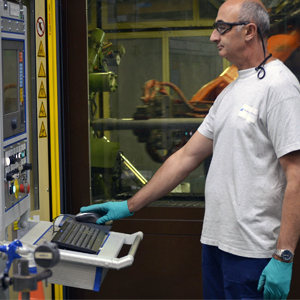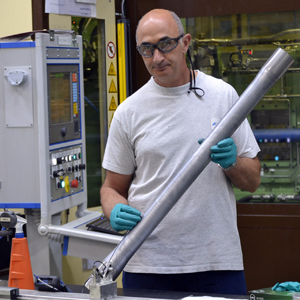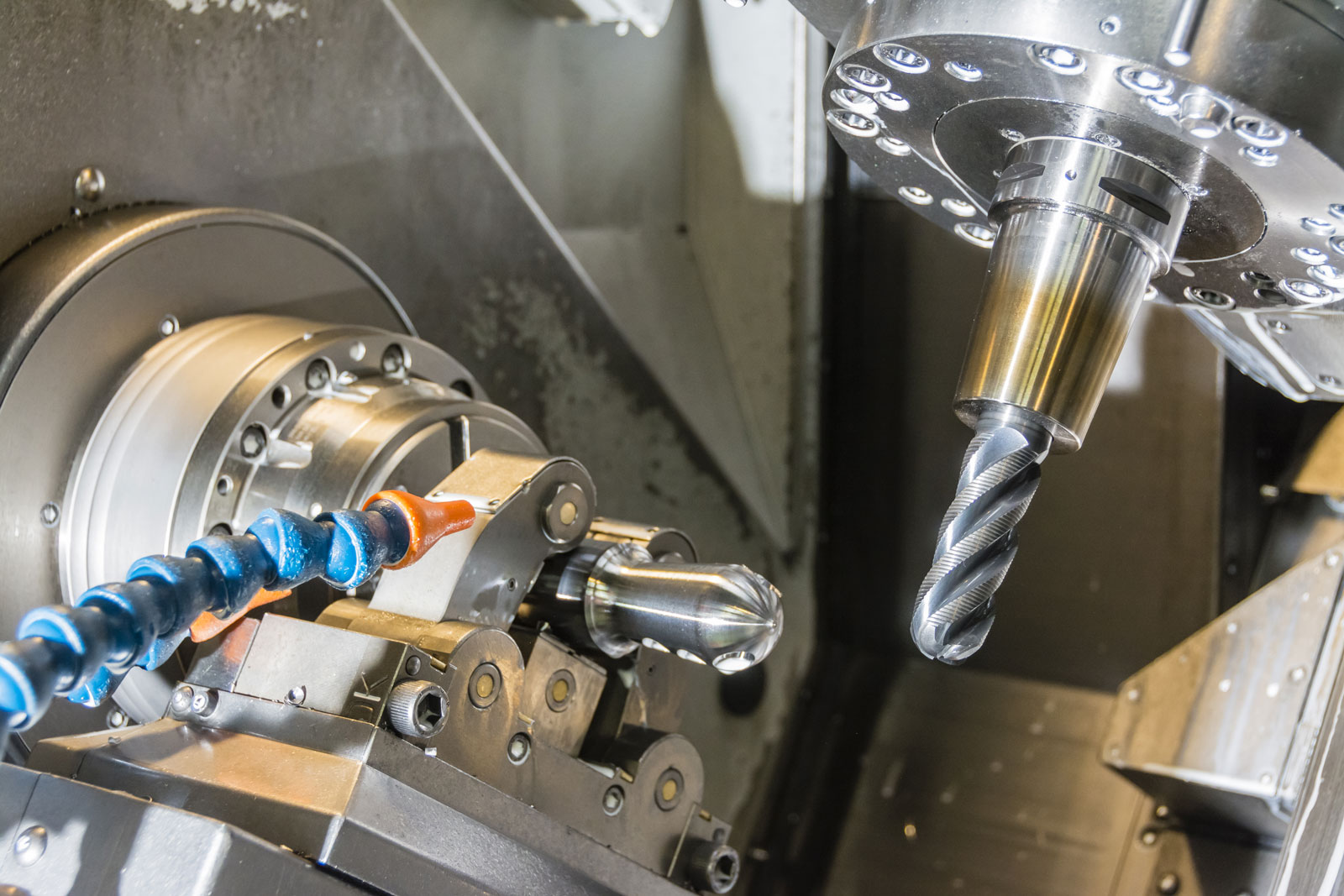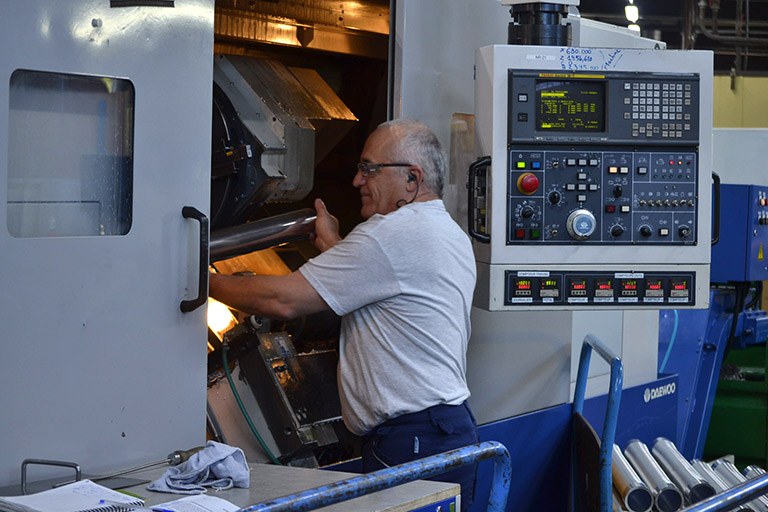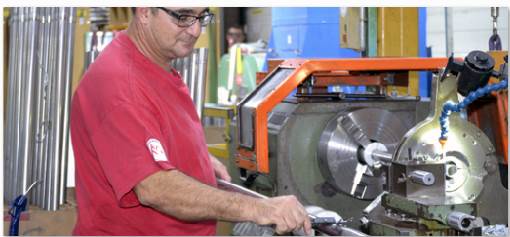The Supply-Chain Manager draws on various internal sources of information (scheduling, purchasing, production, quality, sales, finance, export control, etc.) to organize the flow of the connecting rod supply chain, from the purchase of raw materials to the delivery of finished products to our customers worldwide. He ensures that deliveries are made on time, in compliance with aeronautical regulations and under control of predefined costs.
Our jobs
Supply Chain Director
discover
Purchasing Manager
discover
Setter operator
on machine tool/digital machine
discover
Fitting operator of mechanical systems
discover
Industrial painter
discover
Dimensional Controler
discover
Metrologist
discover
Final controller
discover
IT Manager
discover
Business Development Manager
discover
Sales Coordinator
discover
Financial controller
discover
Design Office Manager
discover
Product Engineer
discover
Scheduler
discover
Ultra-Sound Controller
discover
Packer-shipping operator
discover
HSE Coordinator
discover
Milling turner
discover
Procurement assistant
discover
Operator specialized in surface treatment
discover
Magnetoscopy and penetrant testing controller
discover
Hot swaging operator
discover
back
Supply Chain Director

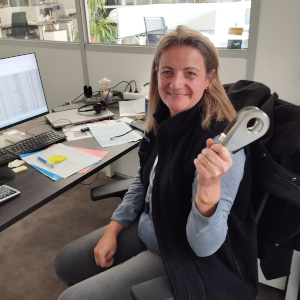
back
Purchasing Manager
Under the supervision of the SupplyChain Director, the Purchasing Manager identifies the company's needs based on customer requirements. He ensures that the departments always have the raw materials and products required for production and the smooth running of the company, while minimizing stock levels.
He is responsible for sourcing new suppliers, and constantly challenges existing suppliers to obtain the best quality-price-service ratio. He ensures the consistency of prices obtained, always keeping as close as possible to market prices. In this way, he develops and sustains long-term relationships of trust and partnership with suppliers.
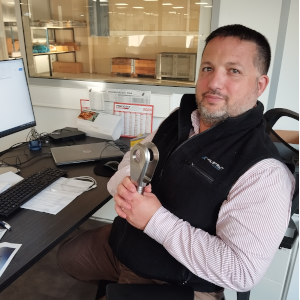
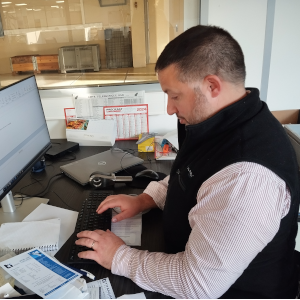
back
Setter operator
on machine tool/digital machine
The mission of a setter operator is to « drive » his machine, whether traditional or digital, and to carry out various mass production processes. The goal: to make the most identical parts and, of course, the most reliable parts possible. He checks the calibrations, he estimates the development according to the elasticity of the batches of material, the size of the chips ...
Like a Formula 1 driver, he is attentive to the slightest noise that could reveal a malfunction in his work tool, in which case he must be responsive, while adjusting and readjusting the settings patiently. Many parameters are thus subject to close attention, since the operator is in charge of producing the parts autonomously.
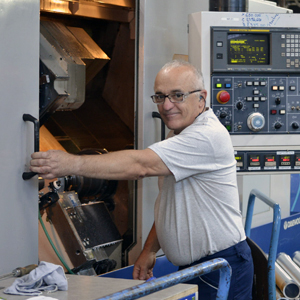

back
Fitting operator of mechanical systems
By following a diagram, the fitting operator must identify the elements to assemble, rigorously check the various components and finally, carefully mount these ends on the connecting rods. There are 3 mounting types: adjustable (the rod will then be adjusted on aircraft), fixed (the rod is fixed in a precise configuration), and mechanical (more complex because this requires the assembly of several parts and therefore more adjustments). His role is to ensure that the finished rod is functional (no defect, shock, and verification of marking ...), but that it is also visually esthetic (no trace of paint, fingerprints ...).
The fitting operator works at the end of the process and in self-check mode, so he is the guarantor of the compliance of the components manufactured upstream.


back
Industrial painter
The painter prepares his paint (mixture of three components) in order to obtain an adequate texture.
He installs the parts (rods, forks, and rod-ends) on specific rotating supports inside ventilated cabins, and equipped with his PPE, he paints them with a spray gun outside and inside. He may also have to load rods into a semi-automatic paint machine. His role is not simply to paint, but especially to ensure that the finish is correct. He monitors very precisely, to the nearest micron, the thickness of the paint and the absence of any paint run.


back
Dimensional Controler
His mission is to control the dimensions of the airplane parts out of production using several tools. He carefully checks the calibration of the control devices, and he must be rigorous, meticulous and attentive to the slightest dimensional difference. If necessary, he draws up a Non-Compliance Report which will then be processed by the Quality department.
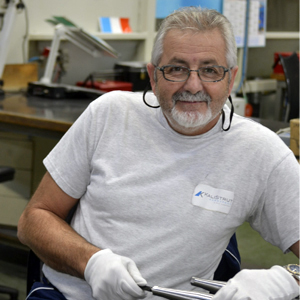
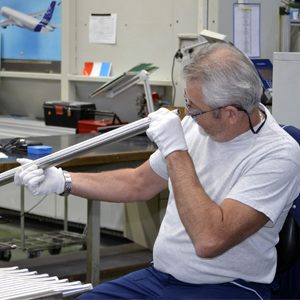
back
Metrologist
The metrologist is the guarantor of the compliance of the measuring tools. From Vernier calipers to the most complex control devices, he checks all the equipment validation dates every day and orders new ones if necessary. Rigor and organization are required to ensure the rotation of controls throughout the plant.


back
Final controller
The final controller is the last filter at the end of the process, he is the guarantor of product traceability before shipping the goods to our customers.
His role is to check the compliance of the different parts – from a visual, dimensional and administrative point of view.
The suitability must be perfect between the part, the data of the plan, the identification of the components, the product marking, the Compliance Certificate data (e.g. batch numbers) and those of the quality certificates where requested by the customer ( ATR, FAI ...)
The controller is held personally accountable by stamping the documents, and may even issue, by delegation if necessary, a certificate in the name of Civil Aviation (EASA FORM ONE).
In conclusion, the final inspection is a crossroads where a great deal of information is gathered, which must be handled with due care and attention.

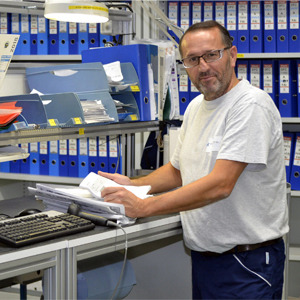
back
IT Manager
The IT manager is the guarantor of the smooth running of the company’s information system. He determines the IT solutions (hardware and software) according to the needs expressed by the users and the management. He also follows the life cycle of his IT assets with the challenge of always being aware of the latest technological innovations in his field.

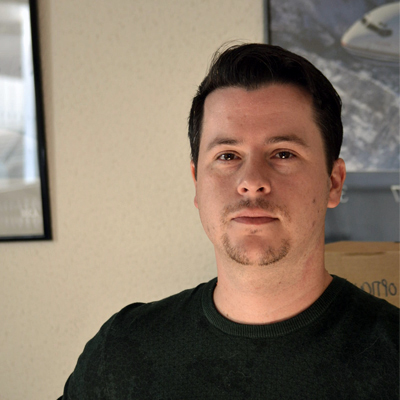
back
Business Development Manager
The Business Development Manager manages and develops a portfolio of clients. He is in charge of prospecting, collecting customer needs and proposing adapted commercial offers. In collaboration with the General Manager, he defines the medium- to long-term business objectives and develops the strategy needed to reach them, whether in the context of annual negotiations or multi-year contracts with customers.
He represents the company in his sector in dealings with the different types of customers in the market for which he is responsible.

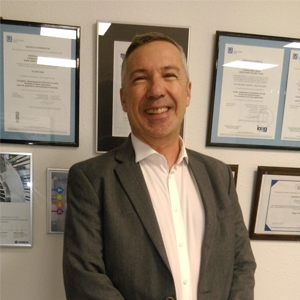
back
Sales Coordinator
The sales coordinator communicates the incoming information issued by the customer to all other departments of the company on a daily basis. She is in charge of the management of orders and offers (up to a certain amount), and coordinates the actions to be put in place with the technical services, the sales engineers, scheduling, shipments, Finance, Quality, sometimes even the General Management, in order to provide the most satisfactory answer to the customer's request. She sees herself as an "advocate", someone who represents and defends the client's vision within the company.

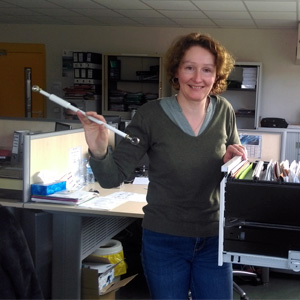
back
Financial controller
The financial controller is one of those people who knows how to make the numbers speak for themselves. In the finance department, the core element of any business, he works closely with clients, suppliers and other organizations, and internally with the various departments of the company. Both rgorous and diligent, he actively participates in the preparation of the budget estimates and other documents supporting the strategy.
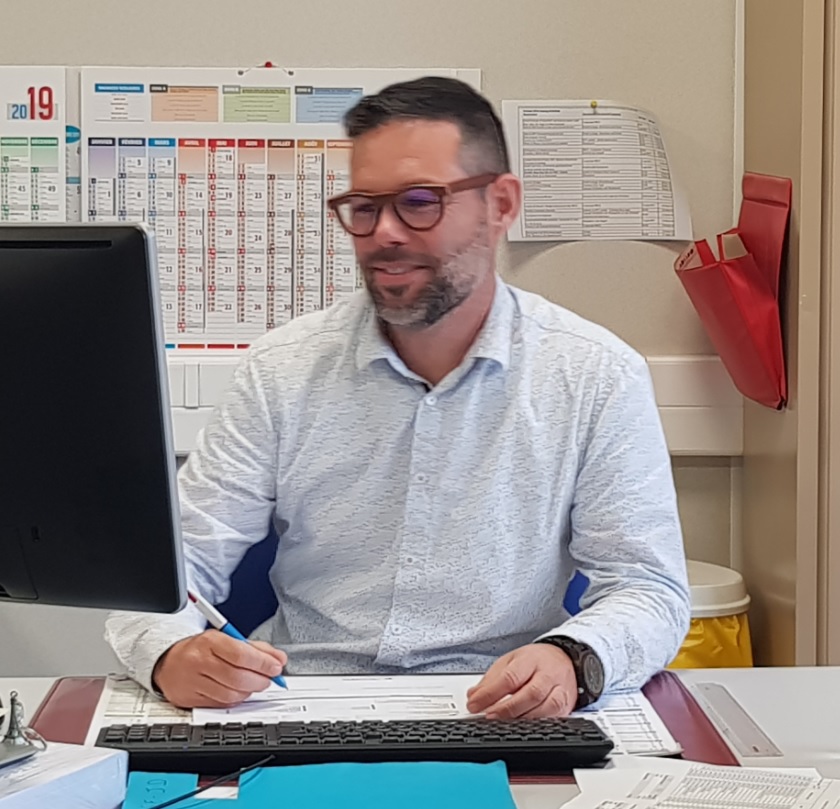
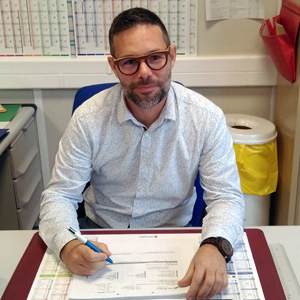
back
Design Office Manager
The Design Office Manager is the focal point for all technical issues concerning the products internally, as well as concerning customer requests. He collects and distributes the project load among the members of his team. He also plays a role of arbitrator when it comes to deciding on the limits of technical constraints.
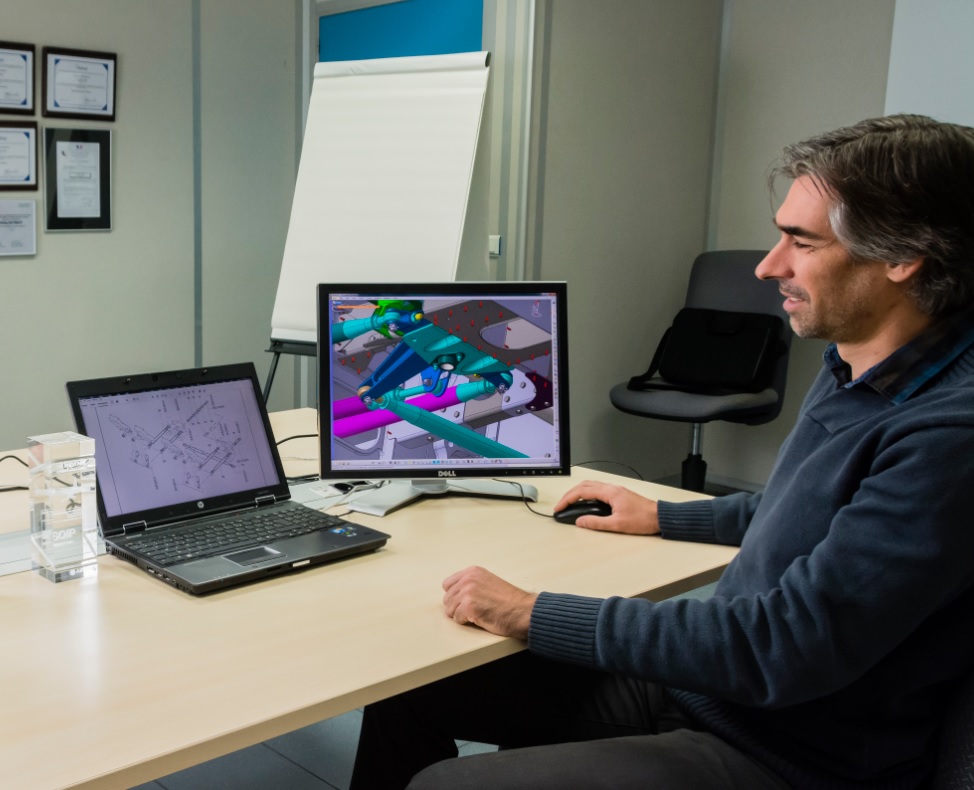

back
Product Engineer
The product engineer works according to 3 complementary, but quite different approaches:
he must of course be able to read and modify a plan on CAD software;
he must also have commercial skills to be able to talk and argue with the client, in order to design a piece that meets a specific specification, while being able to propose areas for improvement or alternatives to the project that was proposed by the instructing party;
and finally, he must be able to imagine products or solutions that address recurring issues, in other words innovate or even file patents.
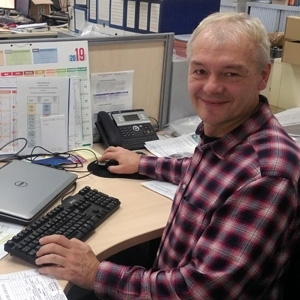

back
Scheduler
The scheduler analyzes the progress of the various components of the parts, and intervenes in the workshop to ensure the delivery of customers’ orders on time. He spends a lot of time "in the field" in order to help the team leaders and operators to understand the daily priorities.
He is attentive to respecting deadlines on the worksite, and knows how to react quickly in the event of a delay, and especially in the case of an AOG emergency (Aircraft on Ground).

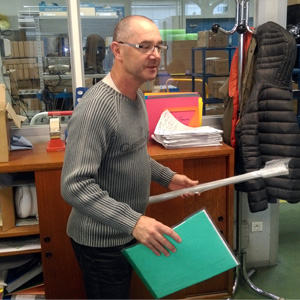
back
Ultra-Sound Controller
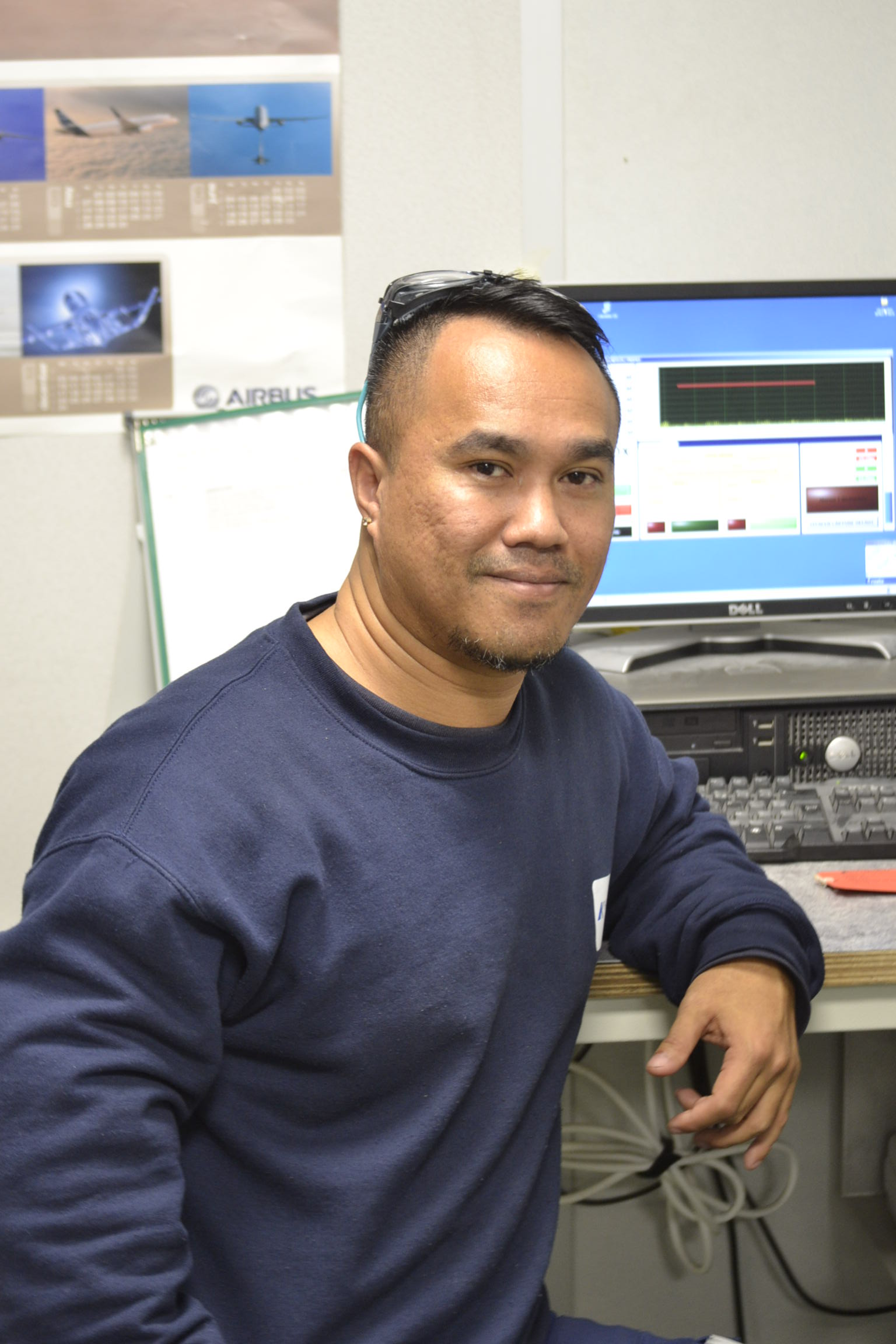

back
Packer-shipping operator
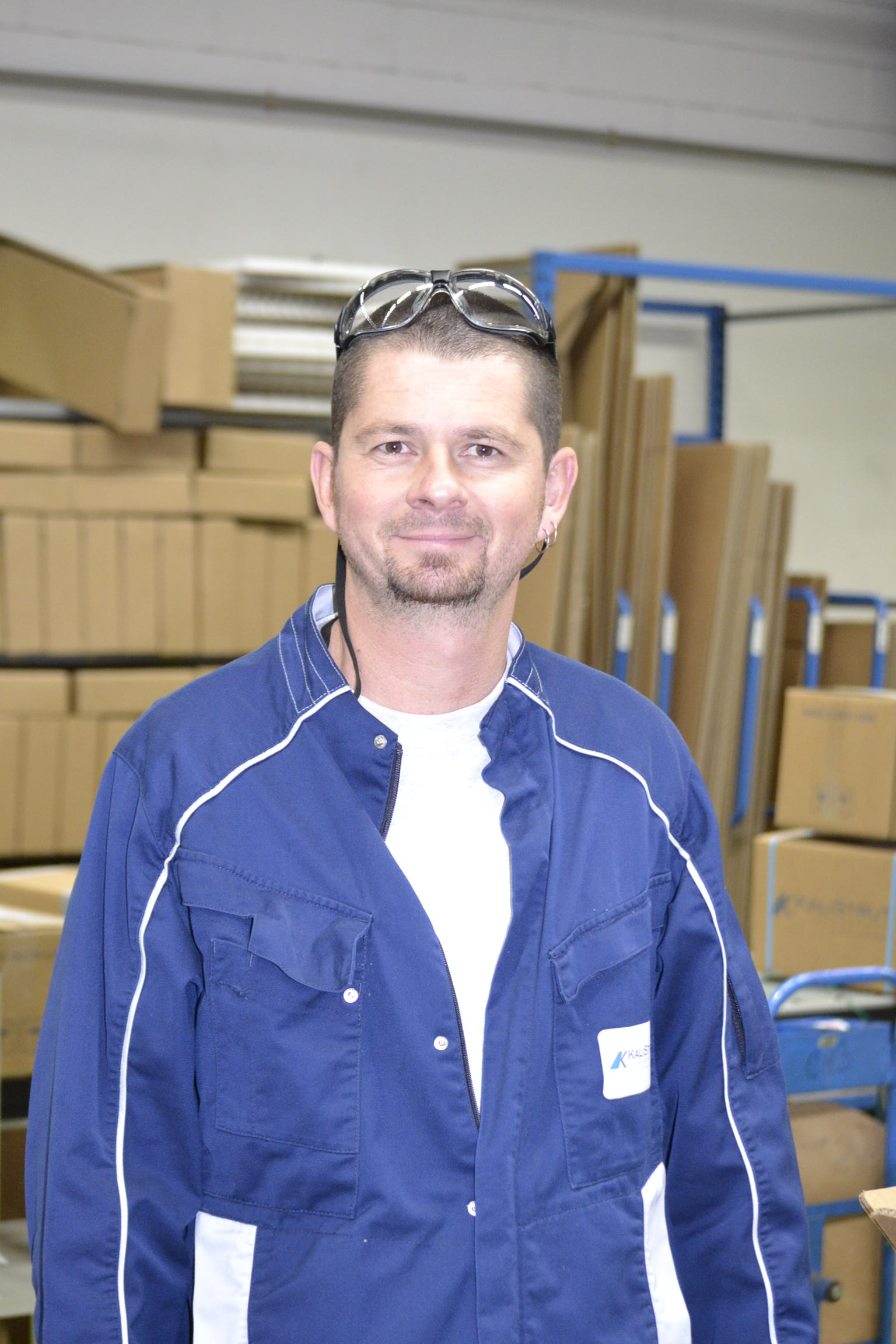
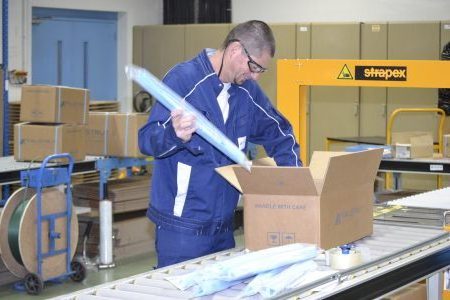
back
HSE Coordinator
The HSE coordinator is responsible for setting up, monitoring, and improving the performance of the site's Environment, Health and Safety management system. The job involves controlling the update and evolution of this system to ensure the reliability and performance of the site in this area.
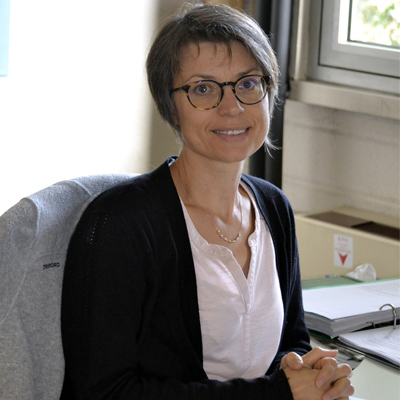

back
Milling turner
The profession of milling turner is a traditional function that is very often performed in a flexible manner with the profession of setter-operator on a digital machine.
Turning and milling operations consist in removing material by mechanical action in order to give a raw shape the dimensions of the desired part. The principle of the lathe is to rotate the tube to be machined on its own axis while a cutting insert is used to adjust the dimensions, while on a milling machine, the tube is held fixed and it is milling tools that rotate around the part.
A great deal of know-how is required on conventional machines, because it is necessary to visually monitor the machining of the tool in the part, and constantly check that the lathe or the milling machine does not malfunction.
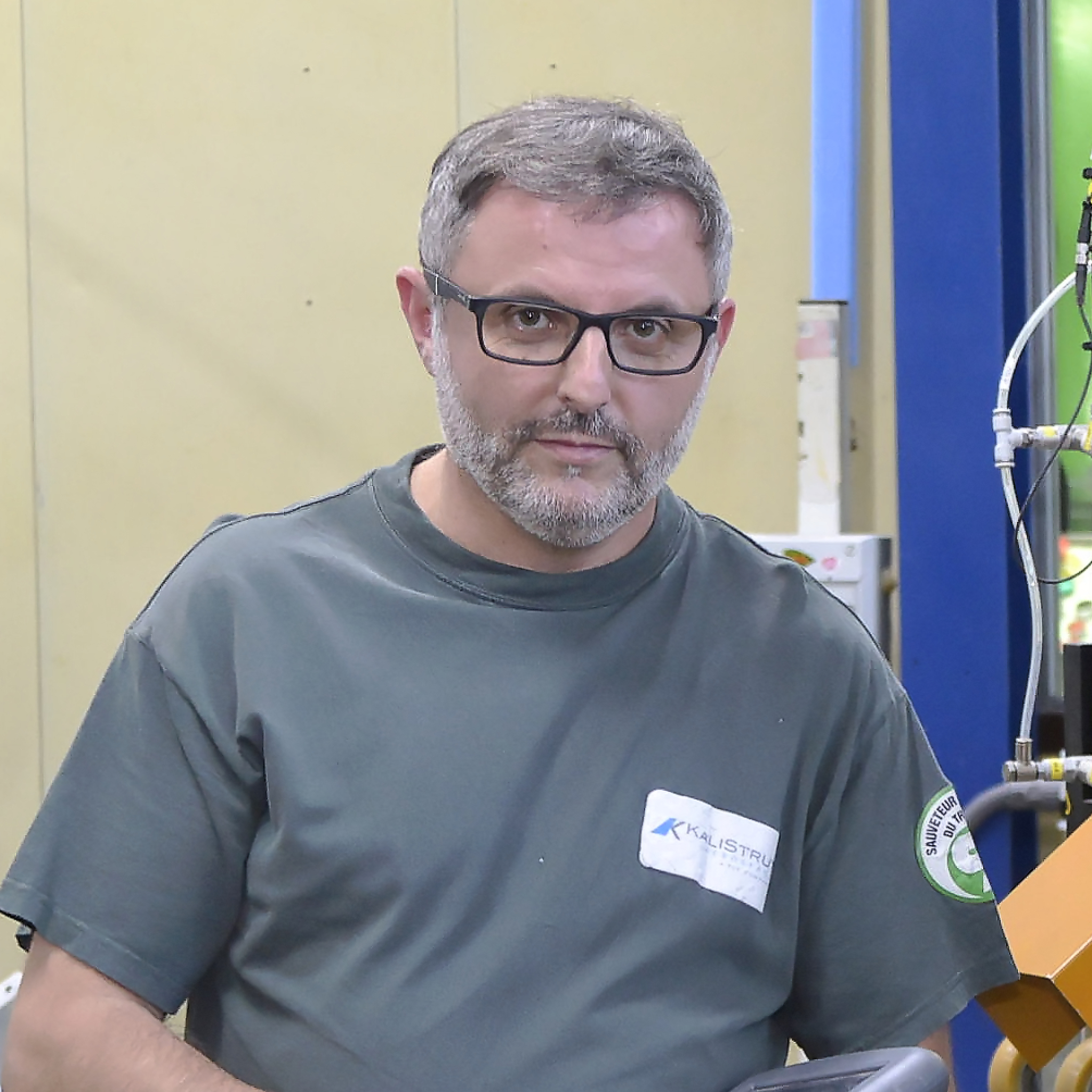

back
Procurement assistant
The procurement assistant ensures the implementation of contracts negotiated between buyers and suppliers, and ensures compliance including prices and deadlines.
She uses forecasts, from aircraft programs and historical analyzes.
She ensures that there is no disruption to the supply of the company's sectors, and is in permanent contact with all departments and suppliers in order to carry out her mission.
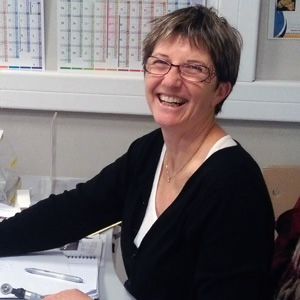
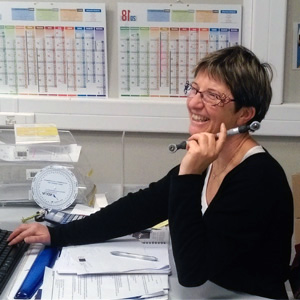
back
Operator specialized in surface treatment
Vigilance is the overriding principle guiding the operator specialized in surface treatments.
Working in the presence of the chemicals that are used for surface treatments, the operator must have a good knowledge of risks pertaining to this environment, and real know-how.
In this context, he must of course respect the most stringent safety conditions.
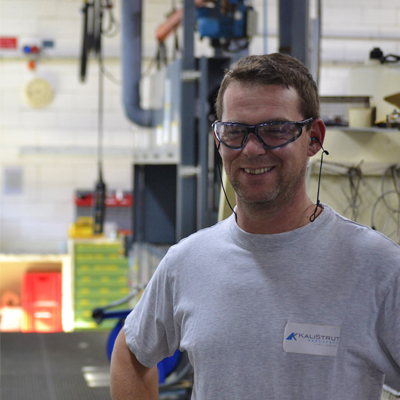
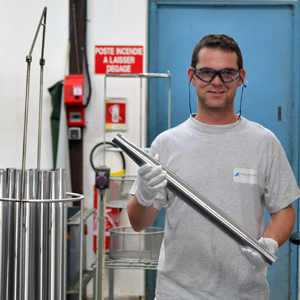
back
Magnetoscopy and penetrant testing controller
Magnetoscopy and penetrant testing are two types of non-destructive testing that are widely used in aeronautics.
The application of a fluorescent developer in the dark under UV (magnetic or not) makes it possible to identify the cracks or defects possibly present in the material and on its surface.
The controller is in charge of interpreting and validating the results, or issuing a "verification", or if necessary, establishing a Non-Compliance Report.
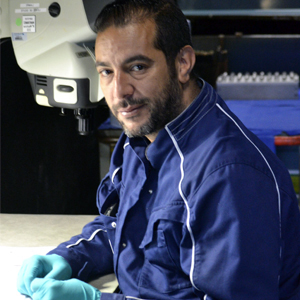
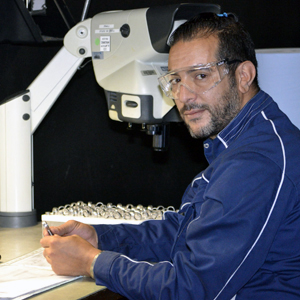
back
Hot swaging operator
The hot swaging process is very specific in our company because the work is done in pairs with a robot!
The striking forces are also greater than with a conventional swaging machine, and the operator must therefore be extra vigilant.
This job also requires a certain interest in digital programming.
